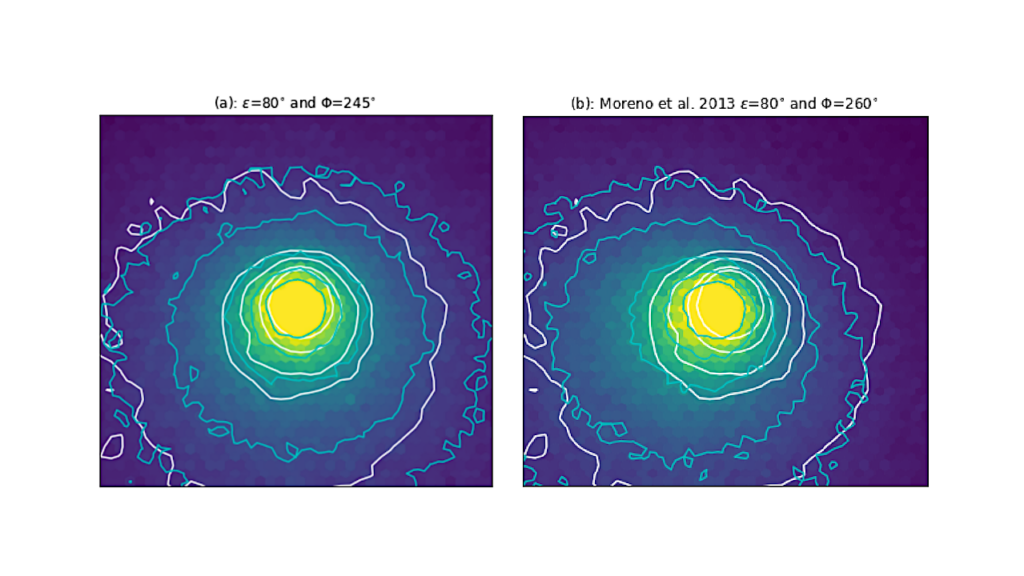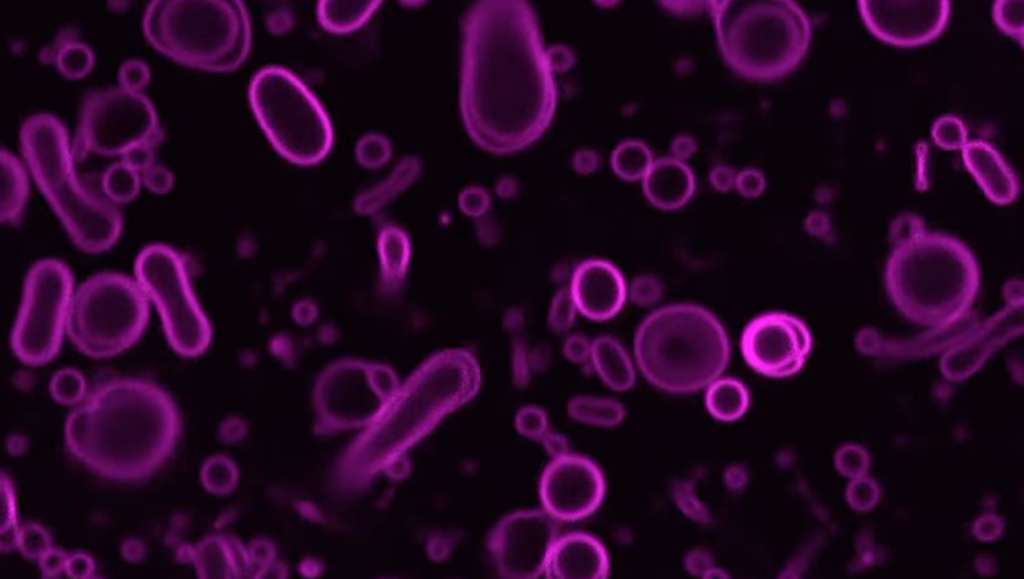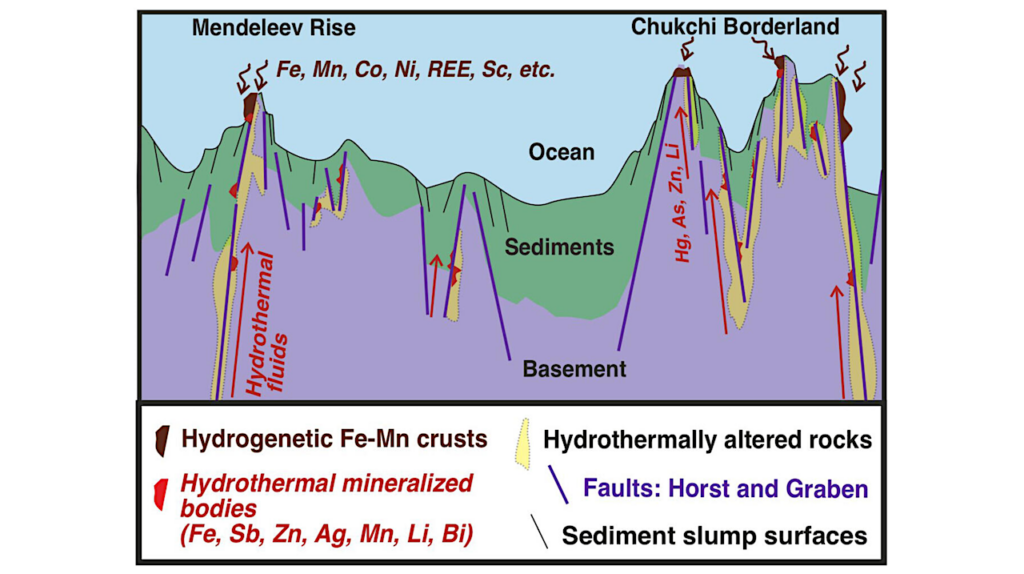The Role of Hydrodynamics For The Spatial Distribution of High-temperature Hydrothermal Vent-endemic Fauna in the Deep Ocean Environment

Active hydrothermal vents provide the surrounding submarine environment with substantial amounts of matter and energy, thus serving as important habitats for diverse megabenthic communities in the deep ocean and constituting a unique, highly productive chemosynthetic ecosystem on Earth.
Vent-endemic biological communities gather near the venting site and are usually not found beyond a distance of the order of 100 m from the vent. This is surprising because one would actually expect matter ejected from high-temperature vents, which generate highly turbulent buoyancy plumes, to be suspended and carried far away by the plume flows and deep-sea currents.
Here, we study this problem from a fluid dynamics perspective by simulating the vent hydrodynamics using a numerical model that couples the plume flow with induced matter and energy transport. We find that both low- and high-temperature vents deposit most vent matter relatively close to the plume. In particular, the tendency of turbulent buoyancy plumes to carry matter far away is strongly counteracted by generated entrainment flows back into the plume stem.
The deposition ranges of organic and inorganic hydrothermal particles obtained from the simulations for various natural high-temperature vents are consistent with the observed maximum spatial extent of biological communities, evidencing that plume hydrodynamics exercises strong control over the spatial distribution of vent-endemic fauna.
While other factors affecting the spatial distribution of vent-endemic fauna, such as geology and geochemistry, are site-specific, the main physical features of plume hydrodynamics unraveled in this study are largely site-unspecific and therefore universal across vent sites on Earth.

Schematic of the food web in submarine hydrothermal ecosystems. Note that the blue bars indicate the utility of hydrothermal organic particles and solutes for animals via microorganisms, while the red bars represent consumption. The size and color gradient are purely for visual display purposes. — physics.flu-dyn
Zhiguo He, Yingzhong Lou, Haoyang Zhang, Xiqiu Han, Thomas Pähtz, Pengcheng Jiao, Peng Hu, Yadong Zhou, Yejian Wang, Zhongyan Qiu
Subjects: Fluid Dynamics (physics.flu-dyn)
Cite as: arXiv:2310.05372 [physics.flu-dyn] (or arXiv:2310.05372v1 [physics.flu-dyn] for this version)
https://doi.org/10.48550/arXiv.2310.05372
Focus to learn more
Journal reference: Science of the Total Environment 904, 166714 (2023)
Related DOI:
https://doi.org/10.1016/j.scitotenv.2023.166714
Focus to learn more
Submission history
From: Thomas Pähtz
[v1] Mon, 9 Oct 2023 03:02:02 UTC (1,615 KB)
https://arxiv.org/abs/2310.05372
Astrobiology, oceanography,








